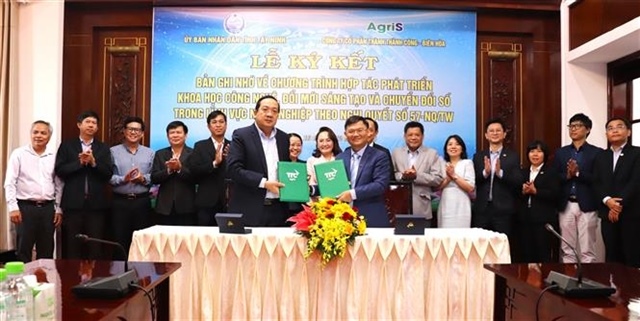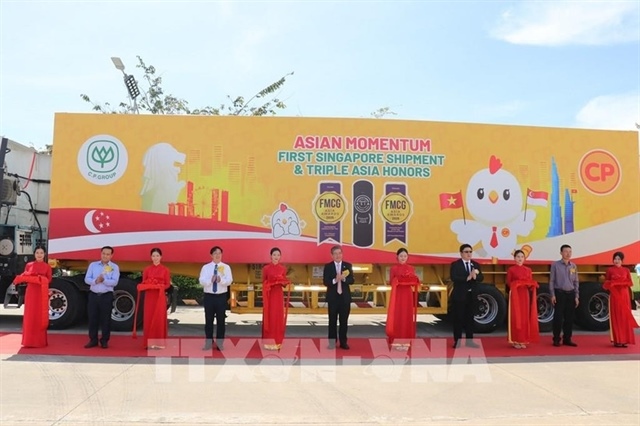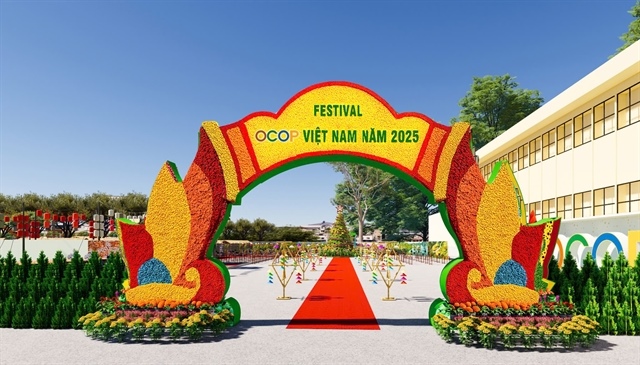Lack of materials challenges garment firms in TPP period
Lack of materials challenges garment firms in TPP period
The biggest foible of the Vietnam’s textile and garment industry lies in the textile and dying – the important phases of the production value chain. However, Vietnamese still hesitate to pour money into the sectors.

The obstacles
It is foreseeable that with the “yarn forward” principle, Vietnamese garment companies would not be able to take full advantage of the low tariff in the TPP (Trans Pacific Partnership) agreement. It is because their products are made of the materials imported from China, which is not a member of TPP.
In order to fix the problem, Vietnam needs to make heavier investments in the textile and dying sectors.
According to Le Quoc An, former Chair of the Vietnam Textile and Apparel Association (Vinatas), Vietnam would need more than 10 billion meters of fabric every year in the next 10 years.
Meanwhile, Vietnam can make out 5 billion meters at maximum, even if it makes appropriate investments. This means that Vietnam would have to import the other 5 billion meters of fabric every year.
An believes that the biggest obstacle that hinders investors to pour money into textile and dying projects is the high requirement on the waste water quality.
“Local authorities nowadays refuse textile projects because of the fear for the environmental pollution,” he said.
The Saigon Garment Production and Trade JSC once planned to set up a textile-dying project in a locality. However, the project was rejected because the company promised to discharge B-level waste water (which is can be used to grow vegetables and farm fish). Meanwhile, the local authorities demanded A-class waste water (drinkable water).
Enterprises have stated that they would be willing to develop dying factories, if the State gives the support to treat waste water.
According to Nguyen Tien Truong, Deputy Director General of Vinatex, the biggest textile and garment corporation, investors would have to spend $20-30 million to build a textile & dying factory, which is much higher than the investment rate for a garment workshop, about VND1-2 billion.
Vietnamese garment companies now feel optimistic about their future as more and more orders are coming from the US, also a member of TPP.
The large market consumed 48 percent of Vietnam’s total textile and garment export turnover in 2013. Though TPP is still under the negotiations, a lot of US importers have shifted to place orders with Vietnamese companies instead of Chinese.
Some Vietnamese garment companies have confirmed that the US partners try to increase the percentages of the imports from Vietnam in their total imports.
All the doors have their keys
Nguyen Van Thoi, Chair of TNG, said the company began preparing for a cotton factory plan in 2012, which aims to increase the locally made content ratio in its products.
He affirmed that he can find the domestic supplies for some kinds of fabric, including lining, which accounts for 30 percent of the value of a coat, or 100 percent cotton fabric, which can be made by foreign invested enterprises in Vietnam.
According to Nguyen An, General Director of Garmex Saigon, the company now uses 50 percent of domestically made fabric and 50 percent of imports.
He said that even though Chinese materials are 10-15 percent cheaper than domestic products, Vietnamese garment companies, which use domestic materials, would still make profit thanks to the zero percent tariff within the TPP agreement.
vietnamnet

























